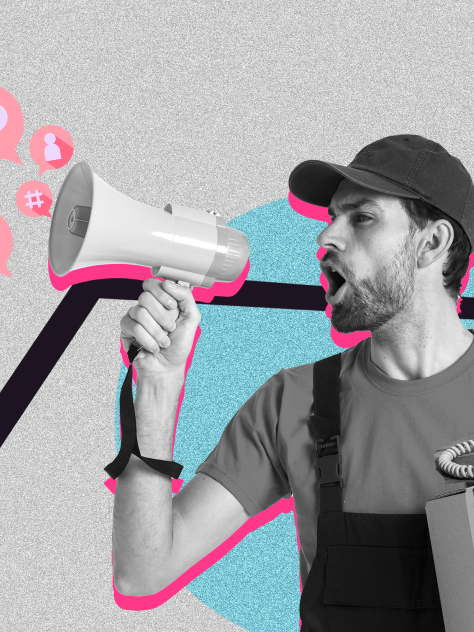Multimedia Localization
6 Things to Know About Multimedia Localization
Did you know that as of 2021, audiovisual content makes up 80% of all internet traffic? From multilingual video clips to product tutorials and promotional films, multimedia works best when it appeals to different local markets. Building a marketing campaign with custom-made multimedia strategies is your way into the hearts of new audiences. If you are wondering how multimedia content is localized to serve your interests in the global market, you have come to the right place.
What is Multimedia Localization?
Multimedia localization is the process of adapting audiovisual content to the culture and language of the target audience by preserving its format. It is also one of the most demanding fields of localization, involving a great number of steps in the process such as transcription, subtitle localization, voice-overs, format adjusting and video editing. Without delving into each of the processes, here are five things that you need to know about multimedia localization:
Get to Know Your Target Audience
The number-one priority of every professional localization team is to conduct a necessary amount of research about the target audience. Making generalizations about a country’s market and its consumption patterns might seem like an easy job, however, it is essential to take into account the cultural nuances that come into play. In this sense, an expert localizing a cosmetics promotional video from English to Hindi will know that certain words may count as taboos in the cultural and religious context of India.
Be Prepared to Give Up Content
Alongside adapting the language, a localization team that knows what they are doing will tell you what is not “appropriate” to be localized. Your audiovisual content may involve certain images, animations, iconography or simply portions of text that could potentially harm your company’s image in a particular local market. In such cases, you should be prepared to give up some of the content, or let it be transcreated by your localization agency.
Subtitle Localization Is Key
Subtitle localization in video content involves linguistic and cultural adaptation as well as format adjusting. Once localized into the target language, the script of your videos may look very different compared to the original. That’s why before finalizing the subtitle localization process, your subtitles must be checked and approved by a native speaker of the target language. Afterwards, the necessary format fittings can be conducted before the further processes such as voice-overs.
Value the Feedback of Your Native Audience
Skimming through websites and content that offer products and services similar to yours is another step in the preparation stage. The motive behind this is to observe and evaluate how the customers of specific locales evaluate the multimedia content crafted for their interest. The best way to learn about an audience is to hear from their perspective, and customer reviews do the job well. The reviews will tell you not only about the strategies that you need to follow, but also how mistakes such as syncing issues in videos or linguistic mistakes are received by the audience.
Terminology Management Is Essential
If you are looking for a long-lasting relationship with your localization agency, one of the fundamental elements of service you should look for is terminology management. Especially in multimedia localization, the consistency, accuracy and adequacy of terminology is crucial. You wouldn’t want your promotional videos for two consequent years to involve different terms for the same concept. Terminology consistency is essential for your company’s corporate representation and image, as well as for building brand loyalty in local markets.
